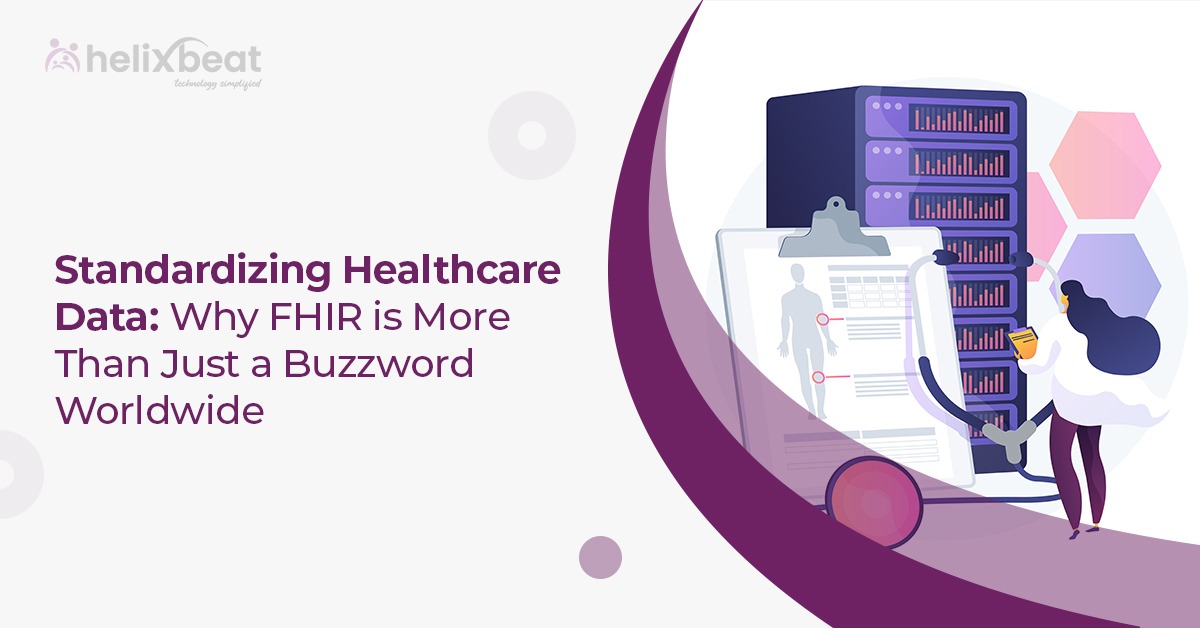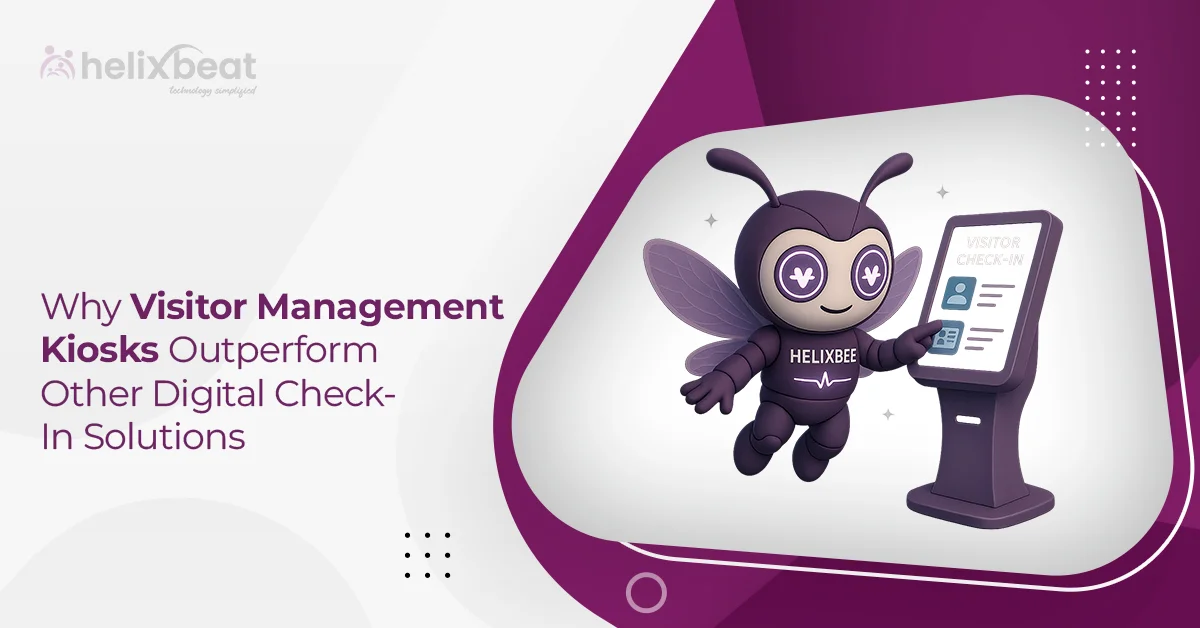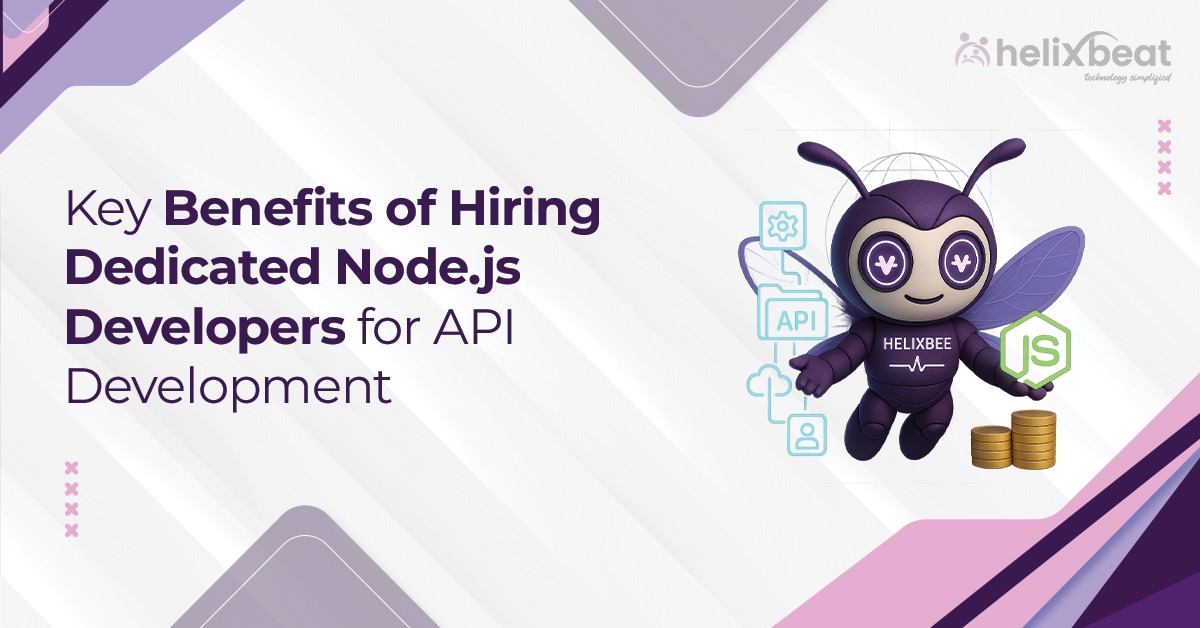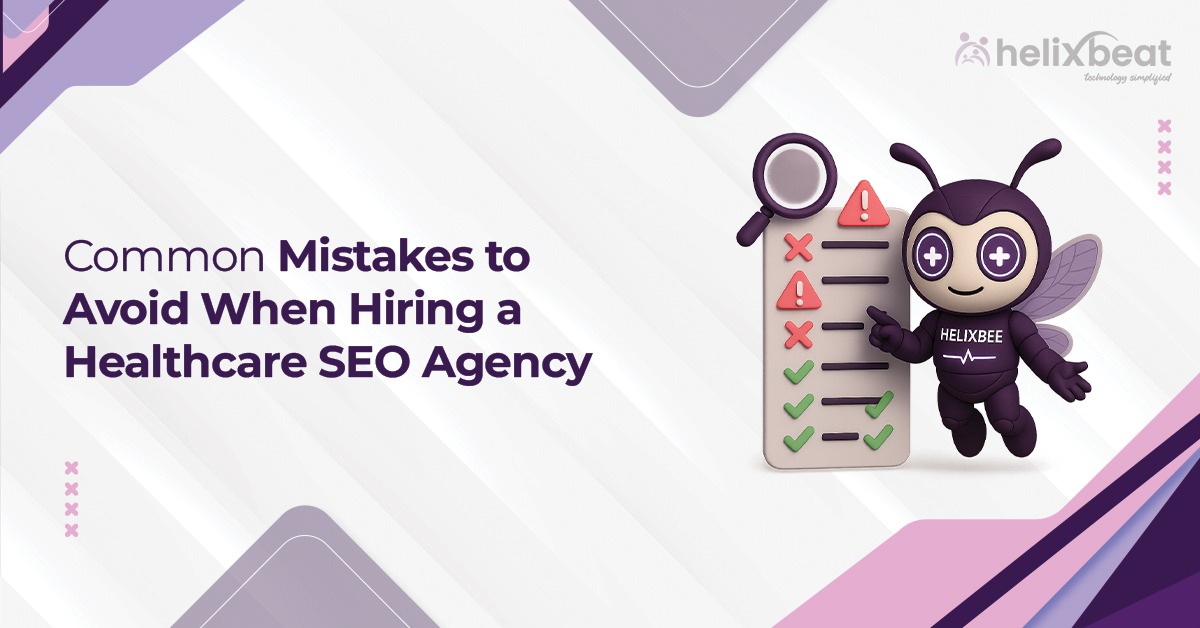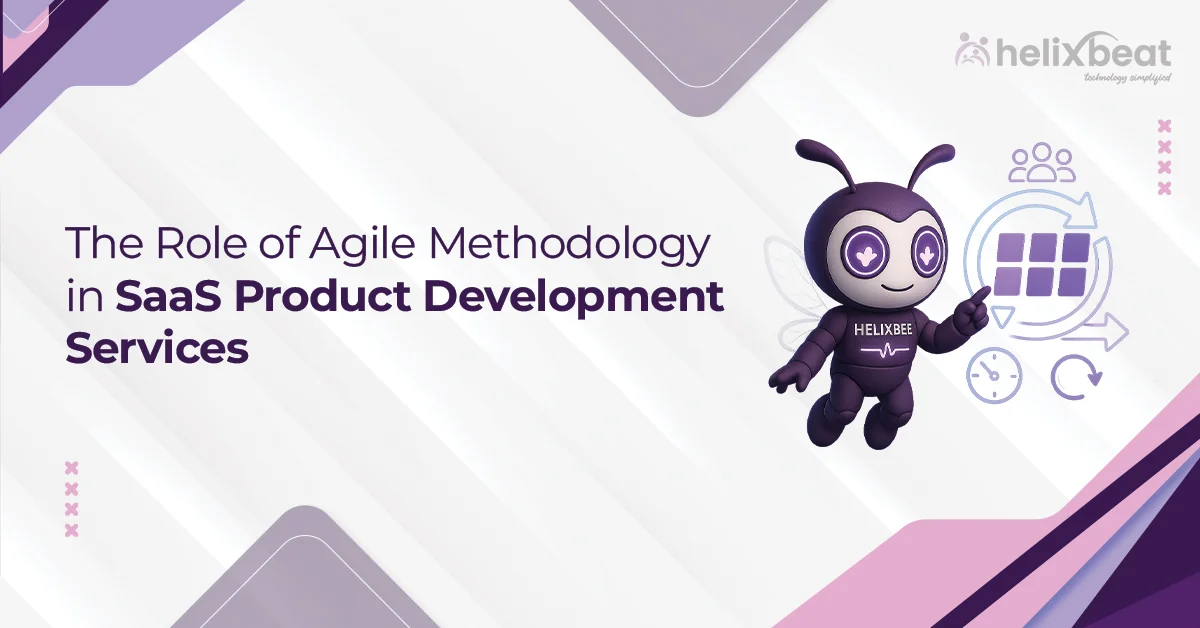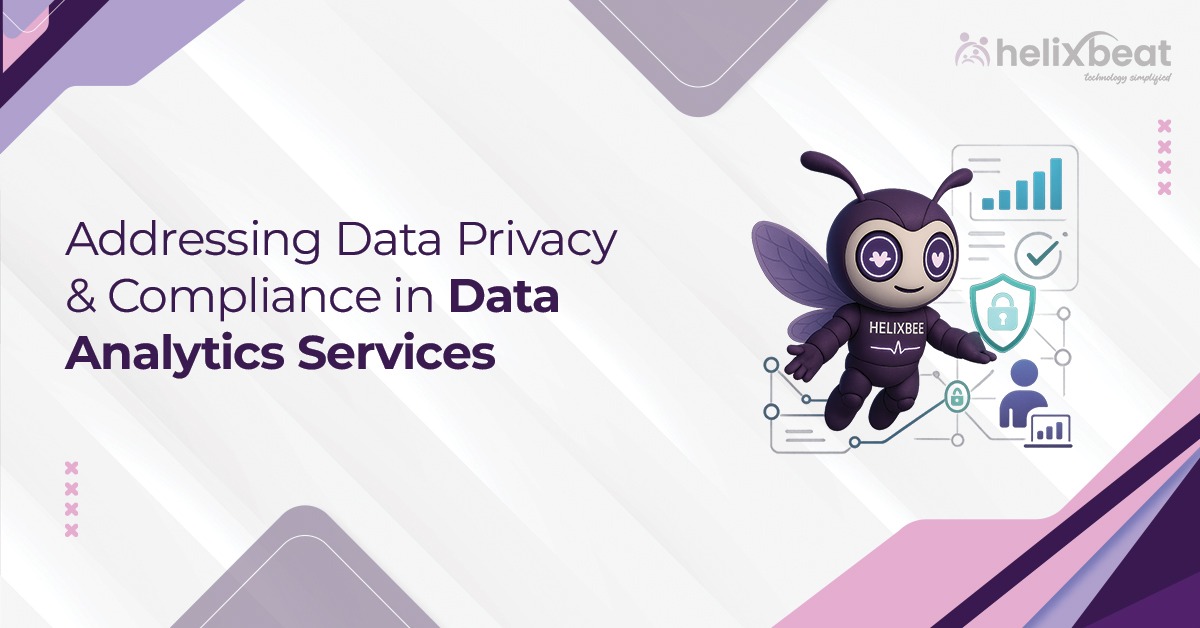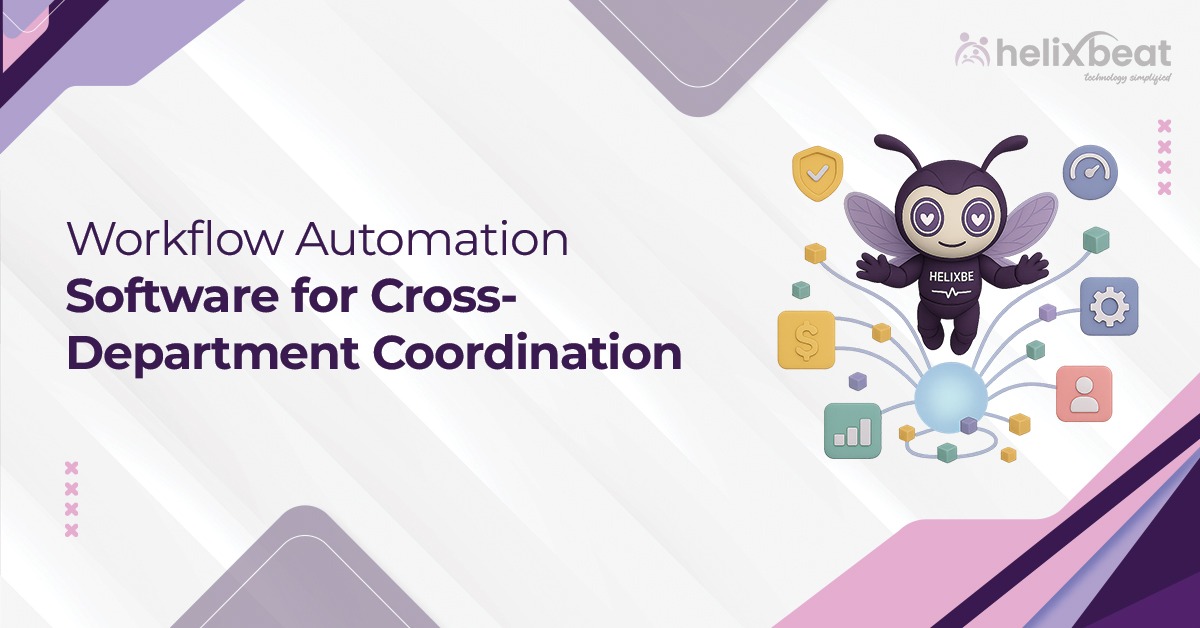Healthcare today is more digital than ever—but still fragmented. You’ve got labs sending PDFs, hospitals storing data in proprietary systems, and clinics relying on outdated software. It’s like a tower of Babel—everyone’s talking, but no one understands each other. That’s where FHIR steps in. And no, it’s not just a buzzword.
FHIR (Fast Healthcare Interoperability Resources) is revolutionizing healthcare data exchange globally. It’s not just a technical standard; it’s a global movement toward data fluidity, patient empowerment, and connected care. In this blog, we’ll break down why FHIR interoperability is leading the charge and how platforms like FUSION, built on RESTful APIs, are turning that promise into a reality.

Table of Contents
What is FHIR and Why Should You Care?
FHIR was developed by HL7 (Health Level Seven International), the same organization behind earlier interoperability standards like HL7 v2 and CDA. But unlike its predecessors, FHIR is developer-friendly, modular, and web-based.
It uses RESTful APIs—the same type of APIs that power apps like Instagram and Uber—making it accessible to a broader group of developers and system architects.
Why FHIR stands out
- Built for the web: Uses HTTP, JSON, and XML—modern web standards.
- Modular structure: Composed of “resources” like Patient, Observation, and Medication.
- Extensible: Easy to adapt without breaking the core model.
- Open standard: No costly licensing for implementation.
In simpler terms, FHIR gives healthcare a universal language that’s readable by machines, scalable for systems, and usable by developers across the globe.
The Global Push for FHIR
The momentum for FHIR is not limited to a single region. Countries worldwide are actively adopting it as the standard for healthcare data interoperability.
United States
With the 21st Century Cures Act, the Office of the National Coordinator (ONC) has mandated the use of FHIR APIs for patient access to electronic health information. Today, many companies already use FHIR to provide users access to their medical data.
Europe
The European Union has introduced the European Health Data Space, promoting interoperability across borders—with FHIR at the center of its strategy.
India
The Ayushman Bharat Digital Mission (ABDM) encourages digital health stack adoption, and FHIR-based systems are being introduced to bridge gaps between hospitals, insurers, and government health bodies.
Australia & Canada
Both countries have integrated FHIR into their national health data exchange frameworks to standardize patient records and improve provider coordination.
Common Problems FHIR Solves in the Real World
Let’s break it down with some scenarios:
1. Emergency Room Coordination
Imagine a patient visiting an ER while traveling. With FHIR interoperability, clinicians can instantly access their medical history, medications, allergies, and previous treatments, leading to faster and safer decisions.
2. Chronic Care Management
A diabetic patient under multiple specialists can now have a single, shared care plan accessible via FHIR APIs. Therefore, it reduces redundancies and medication conflicts.
3. Remote Monitoring
Wearables like blood pressure monitors or glucose sensors can transmit FHIR-based data to providers. That means fewer hospital visits and better real-time tracking.
FUSION by Helixbeat: Powering Seamless FHIR Interoperability
So, how does all this translate into real implementation? That’s where FUSION by Helixbeat comes in.
FUSION is a FHIR server designed to make data exchange easier, faster, and more accurate.
FUSION stores patient data in FHIR format, which is the global standard for healthcare data. This enables different apps, hospitals, and systems to communicate with each other and share critical health information in real-time.
What sets FUSION apart is that it also stores medical coding systems like SNOMED CT, LOINC, etc. This keeps all data consistent, accurate, and ready for clinical use, reporting, and analytics.
Key Capabilities of FUSION
- FHIR-native architecture: No conversions, just plug-and-play FHIR compatibility.
- Secure data exchange: Built with compliance frameworks like HIPAA in mind.
- Smart transformations: Map legacy HL7 formats to FHIR resources.
- Modular integration: Works with hospitals, labs, payers, and even pharmacy systems.
By acting as the middleware layer between disconnected healthcare systems, FUSION empowers healthcare providers to build cohesive, responsive digital health ecosystems.
FHIR Interoperability: Myths vs Reality
Myth #1: FHIR solves everything out of the box
Reality: FHIR provides the framework, but you still need tools like FUSION to integrate, validate, and route data meaningfully.
Myth #2: It’s only for large hospitals
Reality: Small clinics, homecare providers, and startups benefit equally. With cloud-based APIs, cost barriers are lower than ever.
Myth #3: FHIR replaces existing systems
Reality: It complements them. You don’t throw away your EMR; you make it more intelligent and connected with FHIR.
The Business Value Behind FHIR Interoperability
Interoperability is not just about compliance or ticking regulatory boxes. It creates value across clinical, operational, and financial dimensions.
a. Better Data Flow = Better Decisions
Real-time data sharing leads to faster diagnosis, fewer tests, and more informed care plans.
b. Reduced Operational Costs
FHIR-based automation minimizes manual processes—less admin work, fewer phone calls, and reduced overhead.
c. Improved Patient Engagement
FHIR makes it easier to share health records with patients, opening doors to personalized apps, wellness trackers, and digital care journeys.
What the Future of Healthcare Looks Like with FHIR
We’re heading toward a world where:
- Every patient has a digital health wallet.
- Every app talks to every system securely.
- Data follows the patient, not the provider.
FHIR is enabling a decentralized, patient-centric care model. As more systems adopt it, we’re moving from isolated episodes of care to continuous, connected care experiences.
And with platforms like FUSION leading the charge, that future doesn’t look so distant anymore.
Final Thoughts
The global health industry is at a turning point. Between regulatory mandates, rising patient expectations, and rapid tech evolution, the need for streamlined, secure, and smart data exchange is more critical than ever. FHIR offers the blueprint, and tools like FUSION bring that blueprint to life.
Whether you’re a hospital CIO, a healthtech startup, or a payer network—delaying FHIR adoption puts your organization at a disadvantage. The faster you move, the more you unlock: better data, better care, and better outcomes.
Ready to adopt FHIR interoperability with confidence? Explore how FUSION by Helixbeat simplifies your journey.
FAQs
1. What is FHIR in healthcare?
FHIR (Fast Healthcare Interoperability Resources) is a data standard developed by HL7 for exchanging healthcare information electronically using modern web technologies.
2. Why is FHIR important for interoperability?
FHIR enables different healthcare systems to communicate using a common language, making data sharing simpler and more efficient.
3. How does FUSION support FHIR interoperability?
FUSION is a RESTful API-based server that allows healthcare systems to integrate and exchange FHIR-compatible data seamlessly.
4. Can small clinics use FHIR?
Yes, FHIR is scalable and affordable for smaller providers thanks to lightweight APIs and cloud-based deployment options.
5. Does FHIR replace HL7 v2?
No. FHIR is designed to complement and modernize existing standards like HL7 v2 and CDA, not replace them outright.
6. What programming languages support FHIR?
FHIR is language-agnostic but commonly used with Java, Python, Node.js, and .NET via REST APIs.
7. How does FHIR benefit patients?
Patients gain faster access to their health data, better care coordination, and more transparency.
8. Can legacy systems be converted to FHIR?
Yes, platforms like FUSION can translate legacy formats into FHIR resources, allowing smoother transitions.



